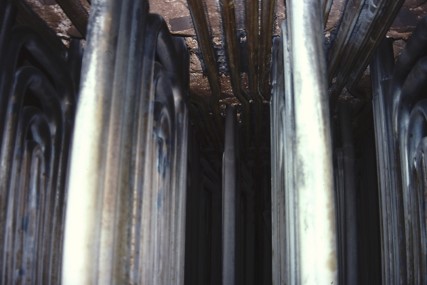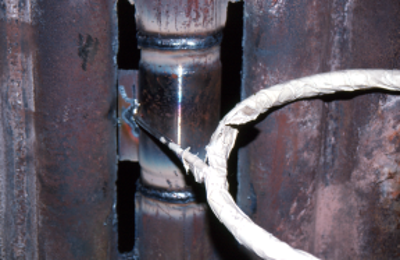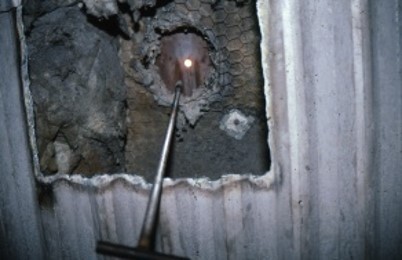CAPABILITIES
Boiler & Superheater Root Cause Failure Analysis
The evaporative surfaces of a boiler should achieve an indefinite operating life provided the circulation system is correctly designed and the water treatment management is satisfactory.
However tube failures in furnaces and evaporative surfaces are surprisingly common and can force boiler plant to be shut down unexpectedly.
Superheaters can operate in severe conditions, often at high metal temperatures which are close to the metallurgical limits of the tubing. It may therefore require only a minor change in operating conditions to cause a catastrophic failure of a superheater tube, particularly in units which have design deficiencies.
Superheaters that operate within the creep range are designed for a finite life. However regardless of whether they comply with ASME or BS/ISO design criteria, they should achieve an operating life of at least 100,000 hours.
There are many reasons why boiler and superheater tubes can fail in service. Common failure mechanisms include:
- Defective superheater design due to poor tube material selection or excessive operating temperatures resulting in tube metal temperatures exceeding metallurgical limits;
- Poor internal circulation leading to furnace and evaporator tube overheating failures;
- Excessive furnace heat fluxes due to poor burner set up and/or design;
- Poor water treatment management;
- Downcomer instability that can cause carry over contamination from the steam drum into the superheater resulting in internal tube fouling and ultimate failure;
- Tube material exceeding its design life during normal service.
Design Boiler has the required capabilities and diagnostic resources to undertake root cause analysis of boiler tube failures and related issues that occur on boiler plants.
An examples of our root cause tube failure analysis and diagnostic capabilities may be found here .





